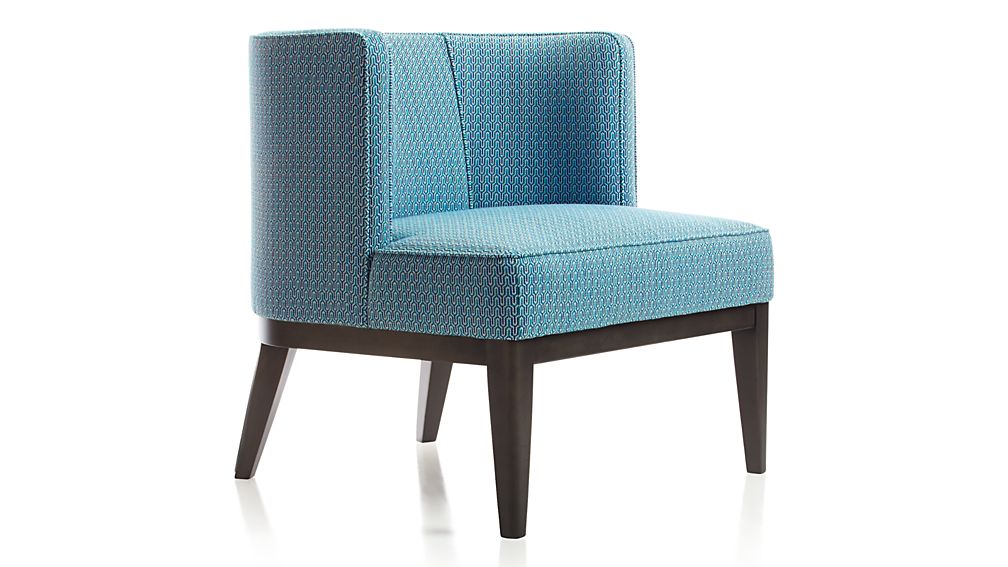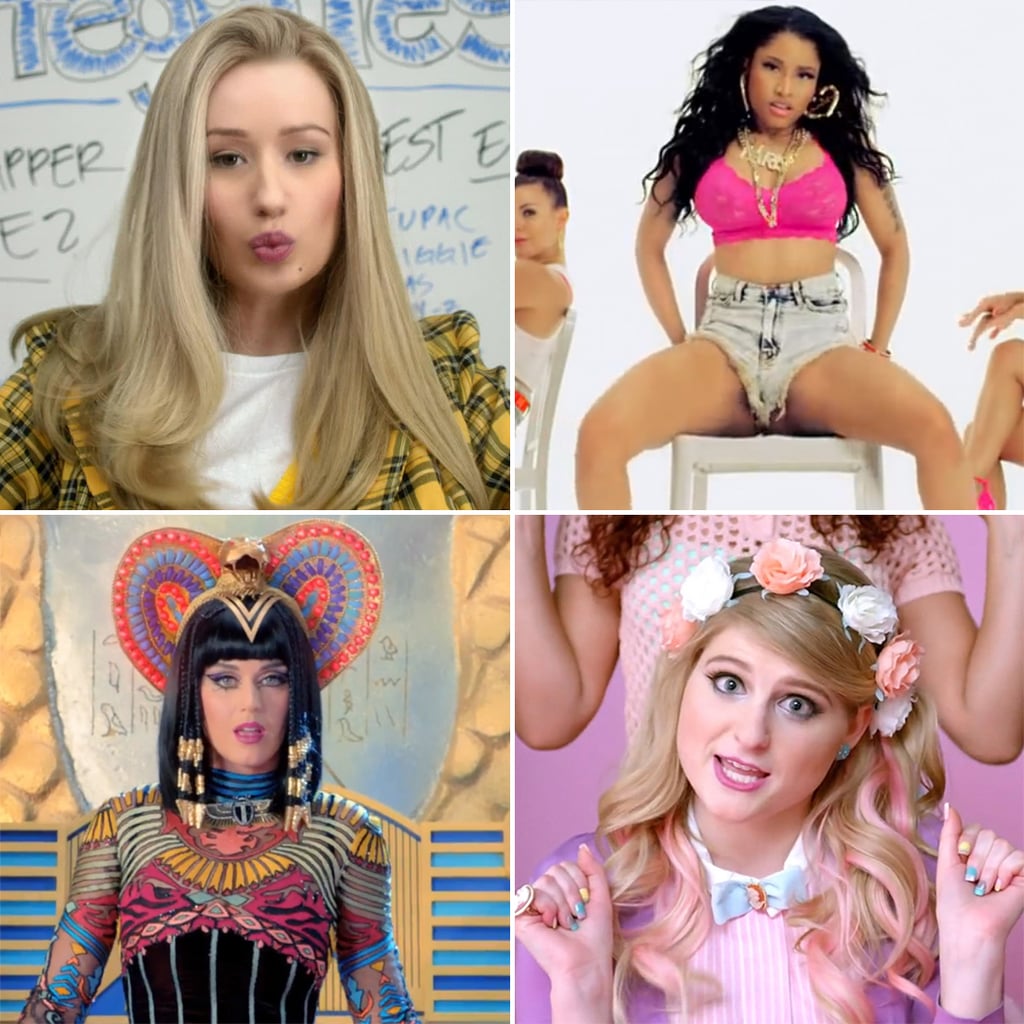Sound Parallel is when the music matches the mood of the video. An example would be if the song was slow then the music video would also be sad. As well if it was a sad song then the video would be also sad. Some music videos have diegetic sound, where they include sound from the surroundings, such as birds, police sirens that make the video seem more realistic. However, the music itself is non-diegetic sound.
Key Terms:
- Diegesis
- Sound Scape
- Score (music)
- Diegetic
- Non-diegetic
- Volume control
- Dialogue
- Mode of address
- Direct of address
- Voiceover
- Ambient sound
- Sound bridging (part of continually editing)
- Sound perspective
- Sound Effects
- Foley
- Synchronous
- Asynchronous
- Incidental musk
- Sound mouth
Set mood/atmosphere
Thrilling, http://www.youtube.com/watch?v=wCfWHqrYUgo
Soundscape - a piece of music considered in terms of its component sounds.
Score - The written or printed form of a composition in which the instrumental or vocal parts appear on separate staves vertically arranged on large pages full score or in a condensed version, usually for piano short score or voices and piano vocal score the incidental music for a film or play.
Diegetic - In filmmaking, the term is used to name the story depicted on screen, as opposed to the story in real time that the screen narrative is about. Diegesis may concern elements, such as characters, events, and things within the main or primary narrative.
Non-diegetic - sounds that have been added in, this can include things like music, a narration and sound effects.
Volume control - Volume controlled continuous mandatory ventilation. a feature on audio equipment for adjusting the sound level; traditionally a potentiometer.
Dialogue - a conversation between two or more people as a feature of a book, play, or film.
Mode of address - A genre is a semiotic code within which we are 'positioned' as 'ideal readers' through the use of particular 'modes of address'. Modes of address can be defined as the ways in which relations between addresser and addressee are constructed in a text.
Direct of address - the name of the person (normally) who is being directly spoken to. It is always a proper noun. It does not have any grammatical relationship to any part of the sentence. It is set off by commas.
Voiceover - a piece of narration in a film or broadcast, not accompanied by an image of the speaker.
Ambient sound - means the background sounds which are present in a scene or location. Common ambient sounds include wind, water, birds, crowds, office noises, traffic, etc. Ambient sound is very important in video and film work.
Sound bridging - type of sound editing that occurs when sound carries over a visual transition in a film. This type of editing provides a common transition in the continuity editing style because of the way in which it connects the mood, as suggested by the music, throughout multiple scenes.
Sound perspective - A sound's position in space as perceived by the viewer given by volume, timbre, and pitch. Previous definition Sound over. Next definition Sound Stage.
Sound Effects - a sound other than speech or music made artificially for use in a play, film, or other broadcast production.
Synchronous - existing or occurring at the same time.
Asynchronous - not existing or occurring at the same time.
Incidental musk - music used in a film or play as a background to create or enhance a particular atmosphere.










 Costume tells the audience a lot about the genre for example in a rap song the costume usually includes the main rapper in baggy clothes with a lot of heavy gold necklaces and rings and will include black clothes with the odd few colours, they will have unusual makeup or face painting on and black finger nails.
Costume tells the audience a lot about the genre for example in a rap song the costume usually includes the main rapper in baggy clothes with a lot of heavy gold necklaces and rings and will include black clothes with the odd few colours, they will have unusual makeup or face painting on and black finger nails.













